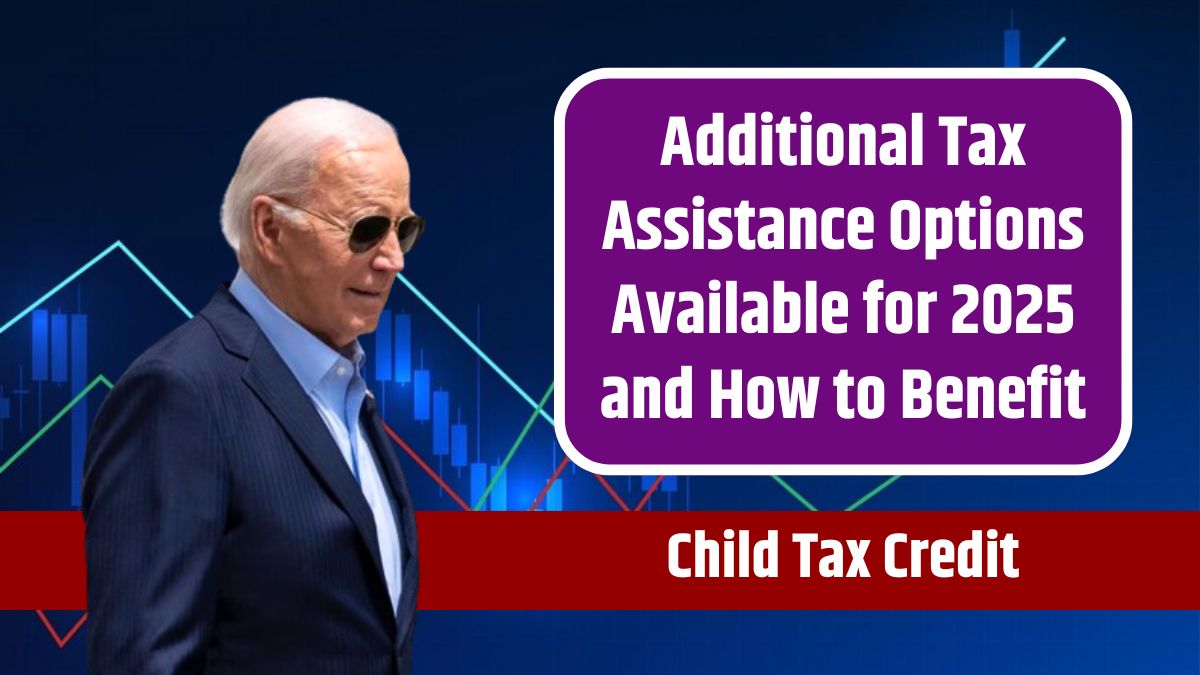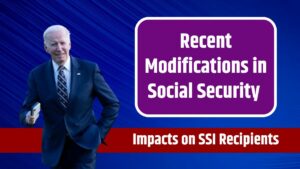In 2025, the IRS is making significant changes to its tax assistance programs, aimed at making tax filing easier and expanding access to credits like the Child Tax Credit. One of the major updates includes an expanded version of the IRS’s free tax filing software, Direct File, which is expected to help millions of Americans file their taxes at no cost.
Let’s break down the key updates and how they could benefit you during the upcoming tax season.
Child Tax Credit
The Child Tax Credit is a crucial benefit designed to reduce the financial burden on families raising children. In 2025, the IRS is making it easier for families to access this credit by expanding its Direct File program. This will ensure more families can claim this valuable credit without needing to pay for tax preparation services.
The Child Tax Credit offers families substantial relief, and its expansion through Direct File makes it more accessible, especially to those in lower-income brackets.
Expansion of Direct File
In 2024, the IRS’s Direct File tool was available in 12 states, but by 2025, it will expand to 24 states, helping millions more Americans file their taxes for free. Direct File is an IRS-developed software that allows taxpayers to file simple tax returns quickly and easily, especially for those with straightforward income sources like wages (W-2), Social Security payments, or unemployment benefits.
During its 2024 pilot, more than 140,000 taxpayers used Direct File, and most finished filing their taxes in less than an hour. This not only saves time but also reduces the need to pay for costly tax preparation services.
With this expansion, Americans are expected to save millions of dollars on tax preparation fees. Whether you’re claiming the Child Tax Credit, managing Social Security income, or filing for unemployment payments, Direct File simplifies the process and ensures that you’re receiving all the benefits you deserve.
New Tax Credits
One of the most exciting changes to the IRS’s Direct File tool in 2025 is the addition of more options for tax credits and deductions. Here are some of the key updates:
- Child and Dependent Care Credit: For families with children or dependents, this credit helps offset costs related to childcare.
- Credit for the Elderly or Disabled: This credit provides additional tax relief to elderly or disabled individuals.
- Premium Tax Credit: This helps lower the cost of health insurance for eligible families.
Along with these credits, taxpayers will also be able to claim deductions for Health Savings Accounts (HSA), student loan interest, and educator expenses directly through Direct File.
Who Can Benefit?
If you’re a family raising children, the Child Tax Credit is one of the most valuable benefits you can receive. And with the expansion of Direct File, more families can claim this credit without needing to pay a tax professional.
Additionally, anyone eligible for credits like the Dependent Care Credit, Premium Tax Credit, or the Credit for the Elderly or Disabled will now have an easier way to claim them. Direct File makes the process straightforward and transparent, so you can ensure that you’re getting the largest refund possible.
That said, taxpayers who itemize their deductions, such as those with large charitable donations, medical expenses, or significant property tax payments, may not yet be able to use Direct File. The IRS plans to eventually expand the program to cover more complex tax situations, including those commonly encountered by working families.
Improved Customer Service
The IRS has made improvements to the customer service for Direct File users, ensuring that the filing process is as smooth as possible. In 2025, a live chat feature will be available in both English and Spanish, allowing users to get real-time help.
Additionally, the IRS has enhanced the authentication and verification process to make it easier for taxpayers to access assistance with specific tax questions. If users encounter more complex issues, they can request a callback from the IRS for further support.
These improvements will help eliminate some of the frustrations many people experience when filing taxes, making the Direct File program even more user-friendly.
What This Means for You
The IRS’s 2025 updates to the Child Tax Credit and Direct File program will make tax season easier for millions of Americans. By expanding the number of states covered by Direct File and adding new credits and deductions, the IRS is ensuring more families can access the full range of tax benefits available to them—without the need to pay for expensive tax preparation services.
Whether you’re filing simple returns or claiming credits that help lower the cost of childcare, health insurance, or education, the updated Direct File program offers a straightforward, no-cost solution for taxpayers.
FAQs
What is the Child Tax Credit?
The Child Tax Credit provides financial relief to families with children, reducing their tax burden.
How many states have access to Direct File in 2025?
Direct File will be available in 24 states in 2025.
Who can use the IRS’s Direct File tool?
Taxpayers with simple returns, including W-2 income, Social Security payments, or unemployment benefits.
Can I claim deductions using Direct File?
Yes, you can claim deductions like HSA contributions, student loan interest, and educator expenses.
Is customer support available for Direct File users?
Yes, Direct File now offers live chat and callback support in both English and Spanish.









